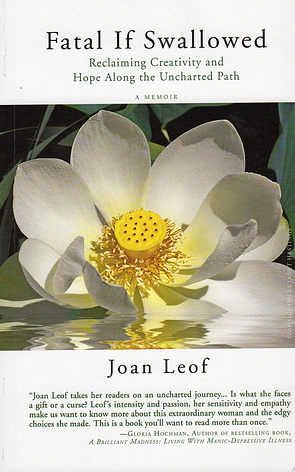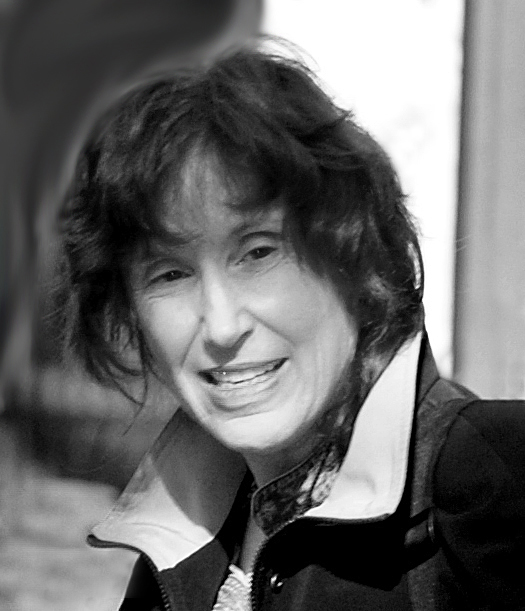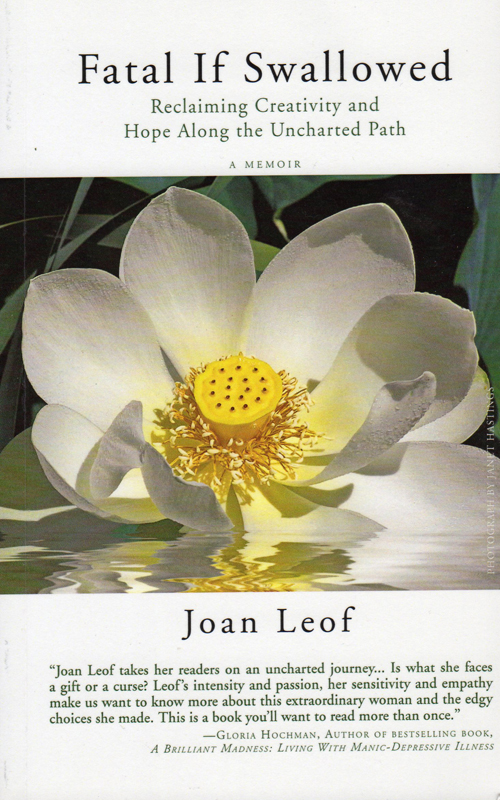 Writing has evolved as my medicine and muse since that first poem magically poured out of me at age eight. In my early 20s, journaling became my medicine –helping me to understand my issues and manage or heal them. It continues to do so to this day.
Writing has evolved as my medicine and muse since that first poem magically poured out of me at age eight. In my early 20s, journaling became my medicine –helping me to understand my issues and manage or heal them. It continues to do so to this day.
In that same decade, creative writing became my muse – my own creative spirit passionately beckoning me to tell my story and the stories of others. That muse remains my compass.
Poetry, personal essays and a memoir published a year and a half ago contained seeds from those years of journaling. When I decided to write a memoir six years ago, it was those 200 journals that buoyed me (now 226). Not just because they helped me remember sequences of events and nuances of experiences. But because they realigned me with my muse, the creative writer in me, whom I had written to in my journal for years. Apologies for my neglect of her. Promises for new beginnings. Yearnings.
I even wrote to her in a separate journal for the four years I worked on the memoir, sharing my doubts and insecurities, my growth and successes. In fact, I urge all of my journal students and the creative writing students I coach to pick a name for their writer, whether they are doing journaling, creative writing, or both. It is a way of befriending and then honoring the relationship. Athena, Iris Blue, Anhinga, Divya, Marli, Dinah, DM, and Henrietta are just a few of the muses who show up in my workshops to write.
So much of the raw material in my journals ended up in my creative writing, be it poetry or essays. One of the greatest thrills was to see a metaphor created years earlier, or a paragraph, or a description end up in my memoir decades later.
Besides the material that was lifted from other writings, I was able to reread the journals from a specific time period to get the flavor of the experience years ago. A special delight was rediscovering something totally forgotten that I had written about my mother 40 years ago. I was able to lift it right off the journal page to the memoir.
If you are thinking you might want to write a memoir in the future, I would suggest that every time you write something in your journal that feels important for the story you want to eventually tell, be it a word, sentence, phrase, paragraph – circle it. Create a system to keep track. You could just somehow tag those pages to revisit the circles when the time is right. If you’re really ambitious, you can copy them down on a “seed list” and allow them to take on a life of their own.
If you want to start a memoir now, you can do what I did – just go back to the journals that contain the years and the themes you want to deal with. I did not read all the journals. I did not read any books on how to harvest my journals. You may want to.
I relied more on my belief in journaling as a template for making things happen in my life. If I could make things happen in all areas of my life, as documented in my journal, then I could make my memoir happen. And I believed in the little girl who wrote that first poem at eight and whose creative spirit decades later took my writer’s name, Matroyshka. She is the Russian wooden doll you can hold in the palm of your hand. She opens in half, right in the middle of the abdomen. Inside Matryoshka is another doll that opens in half. Inside her is yet another. There are many dolls that open in half until there are no more. The innermost remains whole. The multi-layered Matryoshka, burying and birthing, as does my writer.
###
 Joan Leof has been journaling for over four decades. A former English teacher and communications consultant, she combined her personal passion for writing and professional expertise in creating her business, Write to Heal. Clients in the personal journal workshops she facilitates for group and individuals range in age from 9 to 90. You can read more about her approach to journaling and her memoir, Fatal If Swallowed: Reclaiming Creativity and Hope Along the Uncharted Path at www.joanleof.com.
Joan Leof has been journaling for over four decades. A former English teacher and communications consultant, she combined her personal passion for writing and professional expertise in creating her business, Write to Heal. Clients in the personal journal workshops she facilitates for group and individuals range in age from 9 to 90. You can read more about her approach to journaling and her memoir, Fatal If Swallowed: Reclaiming Creativity and Hope Along the Uncharted Path at www.joanleof.com.


Leave Comment